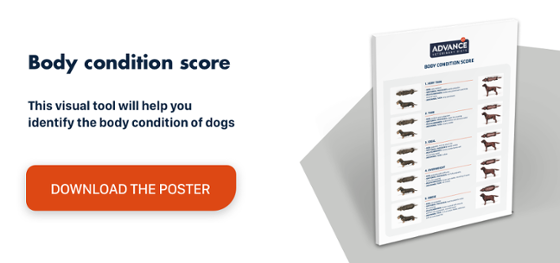Controlling respiratory rate in cats with heart disease
Introduction
Heart failure is typical in the final stage of various diseases, above all heart disease. It is defined as a clinical syndrome in which the heart cannot maintain its function at normal diastolic filling pressures, resulting in congestion and/or [pulmonary] oedema, or poor peripheral perfusion. Regardless of the underlying pathophysiological mechanism (diastolic dysfunction, systolic dysfunction or volume overload due to valve disease or congenital left/right shunts), signs of congestion, mainly at a respiratory level, predominate in most cats with heart failure.1,2
Congestive heart failure (CHF): diagnosis and monitoring
The diagnosis is mainly based on a combination of:
- Findings from the physical examination;
- The results of imaging tests (X-rays and echocardiograms); and
- In recent years, the values of cardiac biomarkers (NT-proBNP and troponin I).3,4
This entails regular visits to the veterinary clinic, which apart from the associated costs, may also stress the patient and therefore have a negative influence on the owner’s perception of the veterinary services, or it may even exacerbate disease progression.
As such, any tool that helps establish the presence of CHF or helps us assess its progression in a noninvasive manner and with minimal stress for the patient could prove extremely useful.
Why is it important to measure the respiratory rate in cats with CHF?
It is well known that most patients with CHF have dyspnoea and/or tachypnoea and that these signs can be resolved or significantly reduced with appropriate treatment.1-4
Therefore, monitoring for any changes in respiratory rate in cats with CHF while they are hospitalised can help clinicians assess the effectiveness of treatment. But, above all, it is very important to teach owners how to measure respiratory rate at home, as this means the long-term efficacy of treatment can be assessed in a noninvasive manner, which facilitates the early diagnosis of CHF in cats with subclinical heart disease.2
Nevertheless, and even though one study linked respiratory rates of over 80 breaths/minute (along with other variables) with dyspnoea of cardiac origin,5 respiratory rate monitoring cannot be used to determine the source of tachypnoea, but it does suggest the need to consult the vet to start planning appropriate measures. In other words, the onset of tachypnoea indicates that something is not right at a respiratory level, and if there is subclinical heart disease, tachypnoea is probably a consequence of its progression, but we cannot be totally certain without taking further action.
How do you measure a cat’s respiratory rate?
In order to measure their cat’s respiratory rate, owners must be taught how to recognise their cat’s phases of inspiration and expiration. This can be explained directly by having them observe their cat during the consultation or with instructive videos.
A cat’s respiratory rate can be measured while the animal is at rest and in a comfortable environment at an appropriate temperature or better still during deep sleep. The number of breaths should be counted for at least 30 seconds, or preferably 1 minute, and the results recorded in a log. To this end, it helps to provide owners with specifically designed forms or mobile applications to simplify counting and recording the results automatically. The patient’s respiratory rate should initially be monitored for several consecutive days to establish baseline values, as an individual’s rate hardly varies from one day to another.6 From then on, and depending on each case, the rate can be measured once a day or 1–2 times a week.
What is the normal respiratory rate in cats?
Some authors have reported that the respiratory rate of healthy, wakeful cats at rest is 22–23 breaths/minute. Others, on the other hand, have found rates at rest and when sleeping ranging from 16–60 and 9–28 breaths/minute, respectively.7
- On rare occasions, healthy cats have respiratory rates slightly above 30 breaths/minute when asleep.3
- A healthy cat’s respiratory rate can increase dramatically while being seen by the vet, reaching values of up to 176 breaths/minute.7
- Most cats with well-controlled CHF or subclinical heart disease have a rate of less than 30 breaths/minute during sleep, although some patients in the latter group can reach 40 breaths/minute.2
Consequently, the current consensus recommends that owners contact their vet if their cat has a respiratory rate during sleep of over 30 breaths/minute to decide which tests should be carried out to establish if the patient has suffered decompensation of previously controlled heart disease or whether there is a further cause of tachypnoea.2-4,6
Conclusions
Respiratory rate monitoring in cats is probably one of the most useful tools in the control of patients with heart disease. Not only is it completely free, but it also provides a highly reliable indicator of disease progression. Whenever in doubt, vets can also ask owners to record their cat’s breathing at home and then send in the video using a mobile application. Thus, the professional can assess the patient’s respiratory rate and act accordingly.

